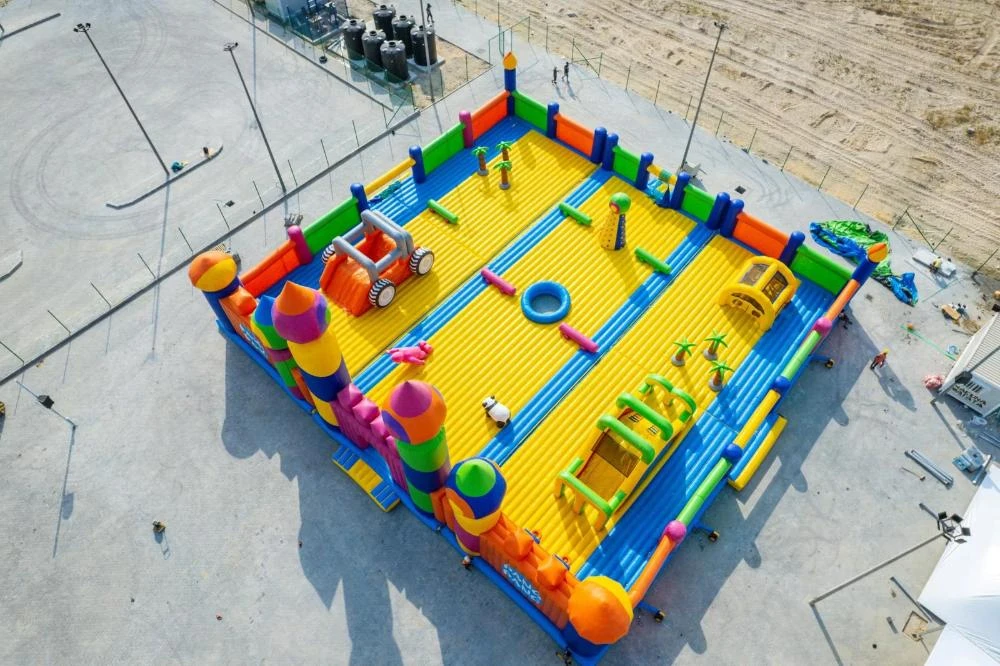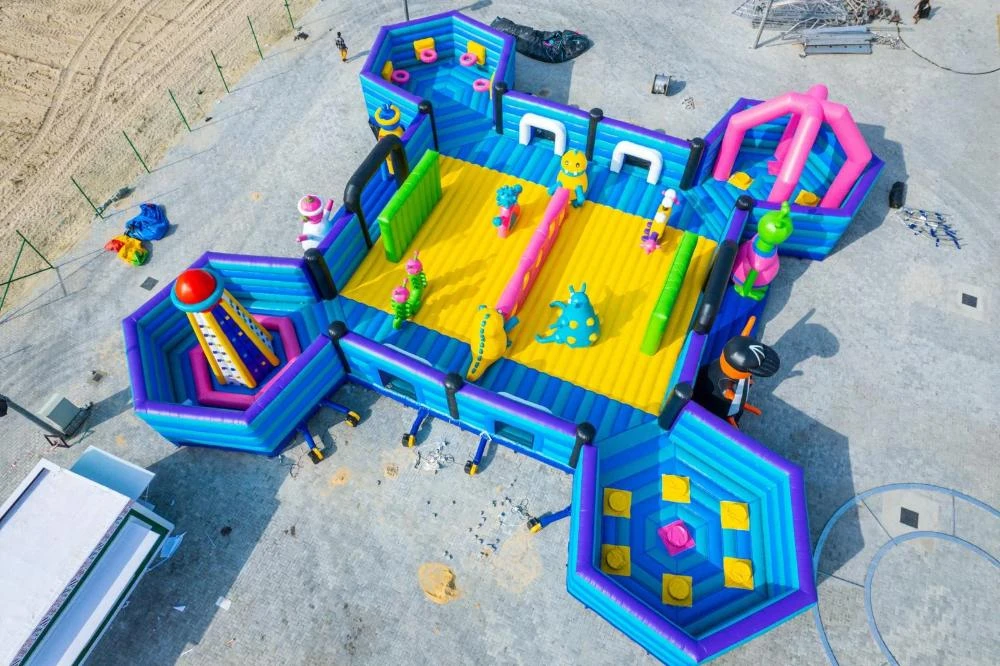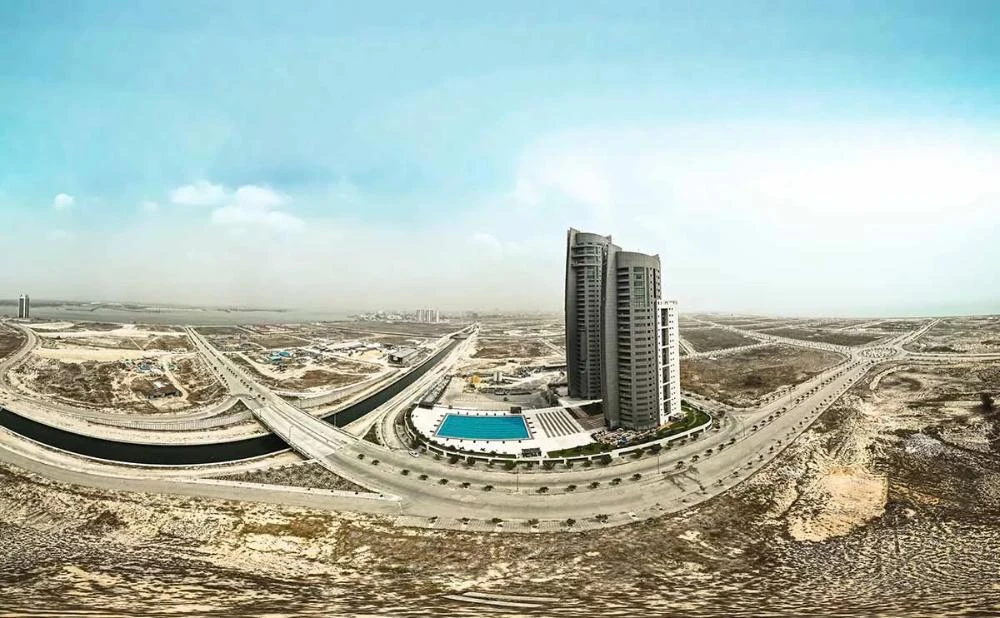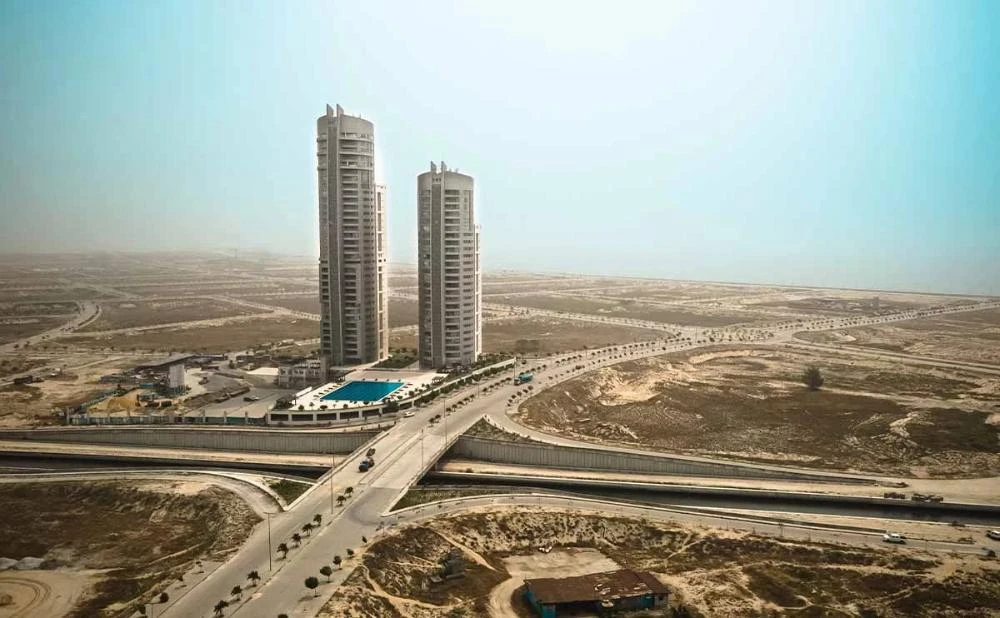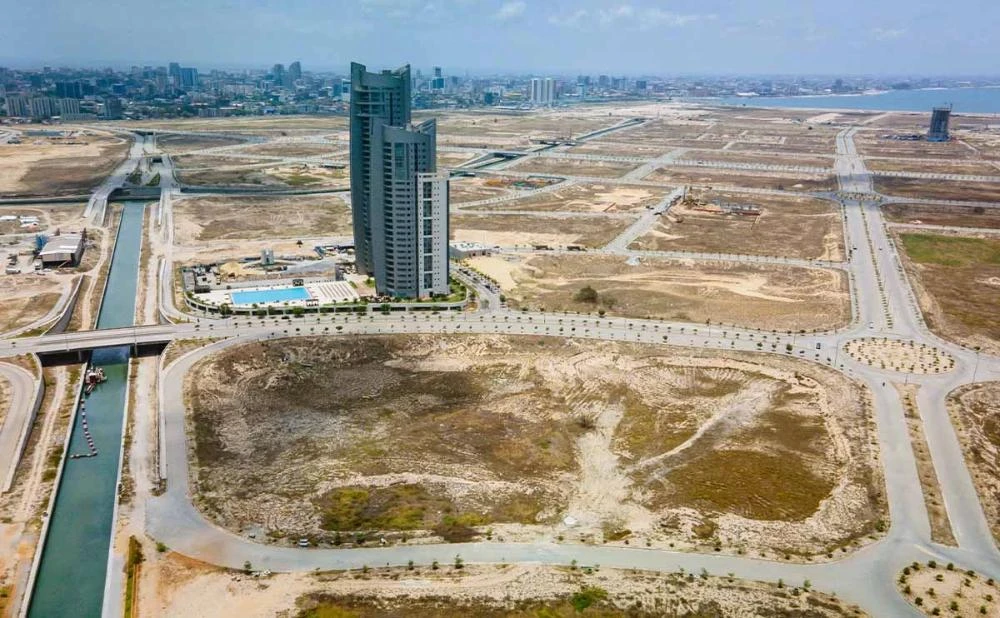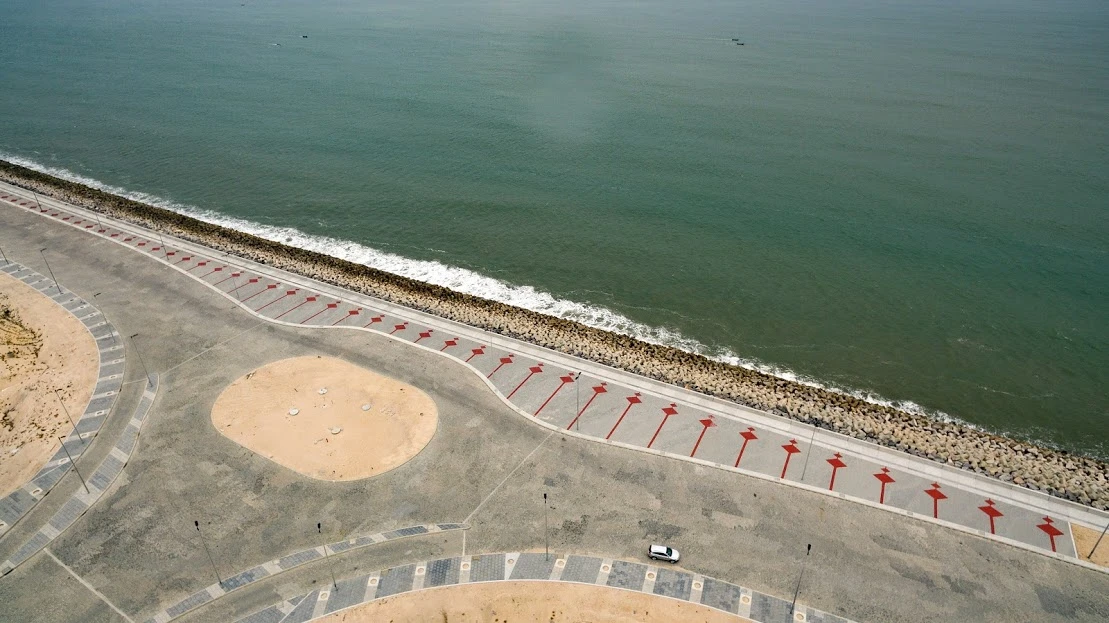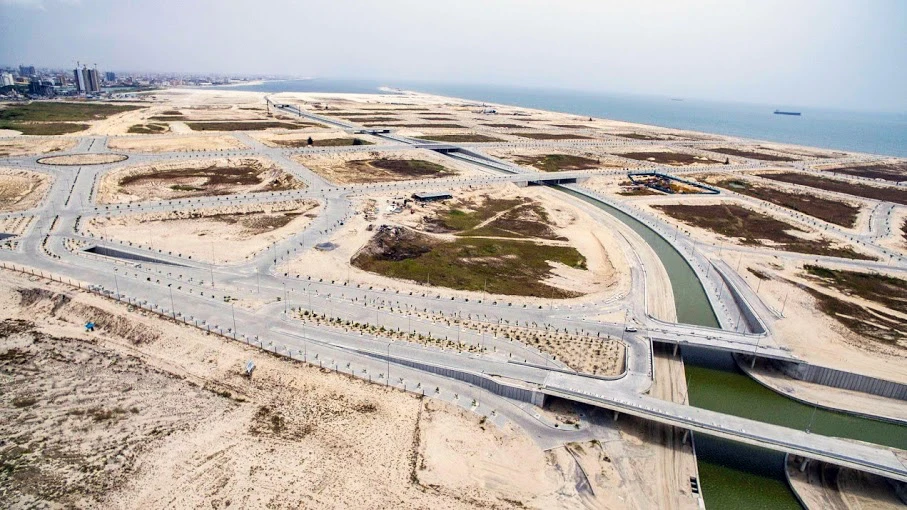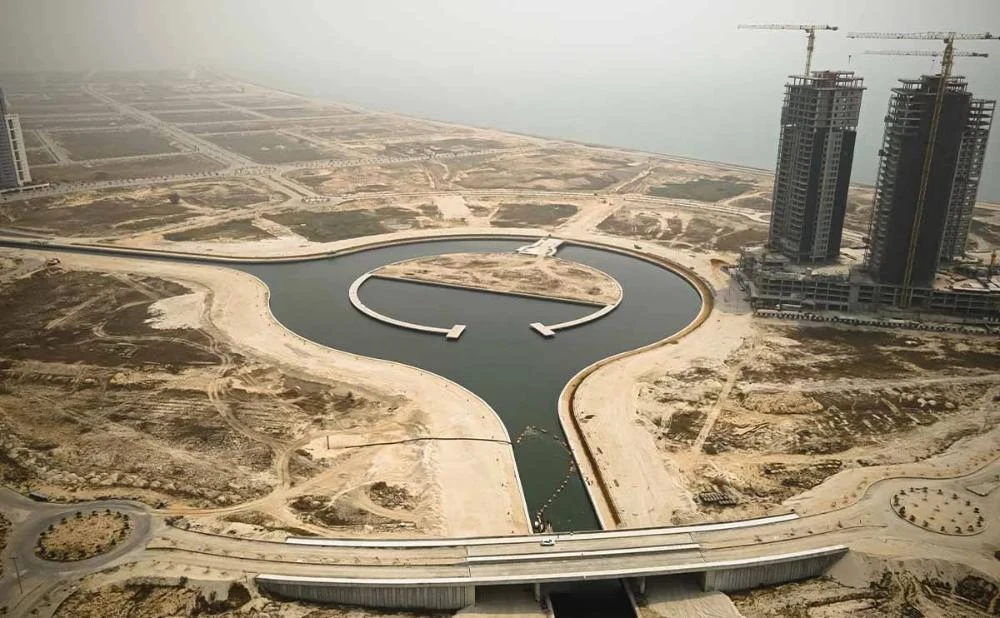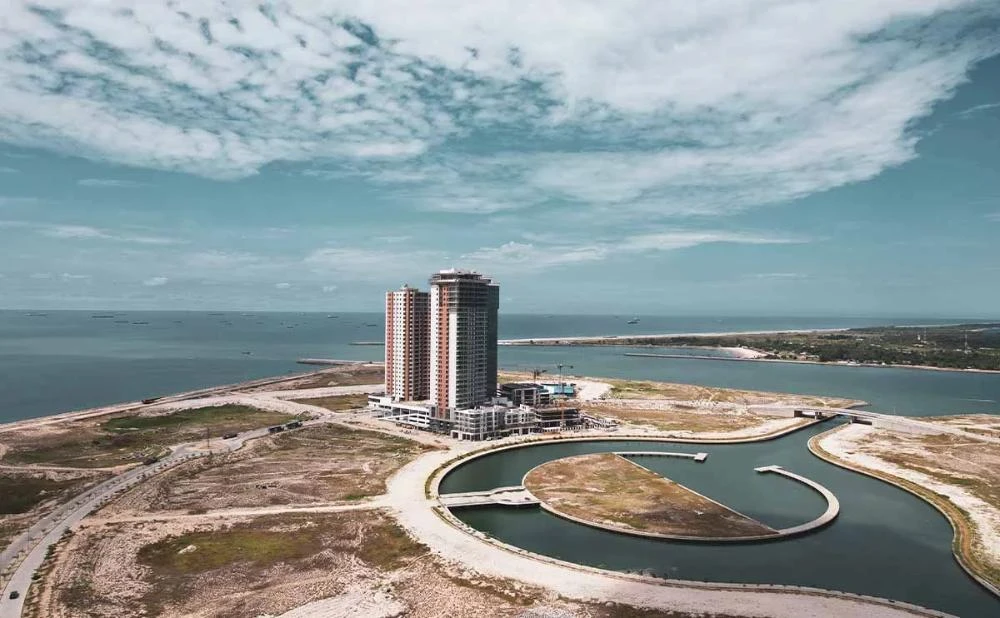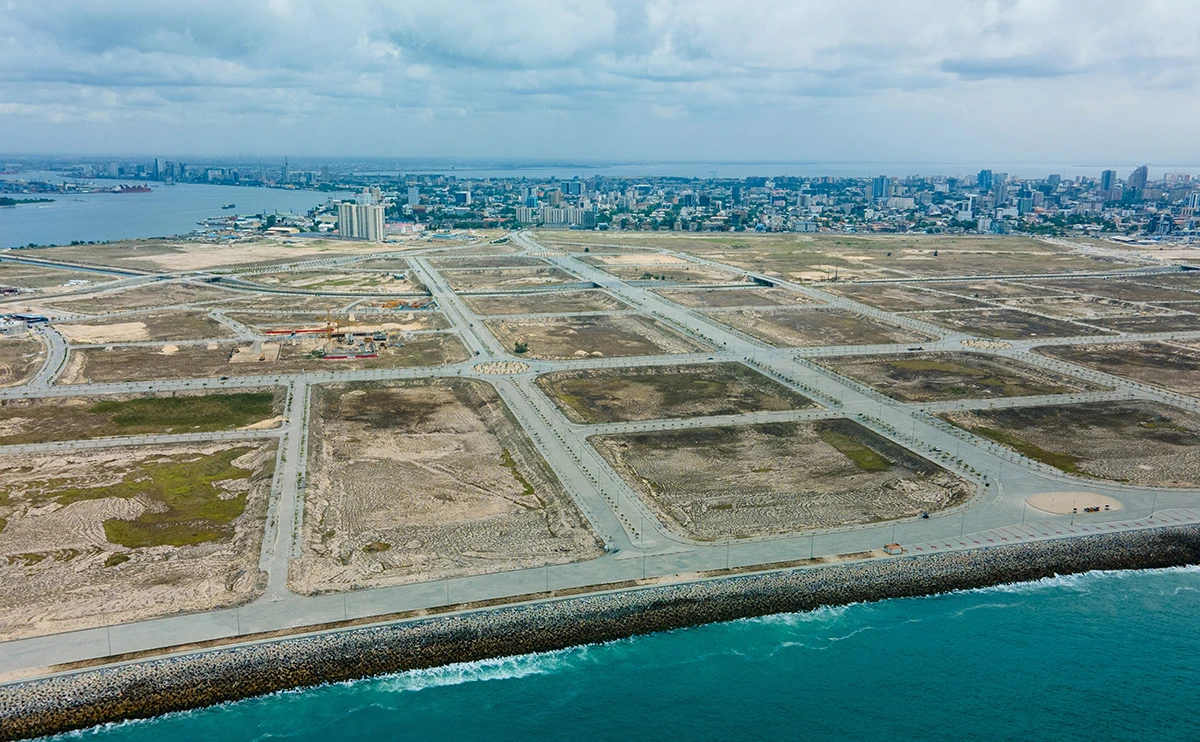About Eko Atlantic
Eko Atlantic is a new coastal city being built on Victoria Island adjacent to Lagos, Nigeria, to solve the chronic shortage of real estate in the world’s fastest-growing megacity. It is a focal point for investors capitalising on rich development growth based on massive demand – and a gateway to emerging markets of the continent

